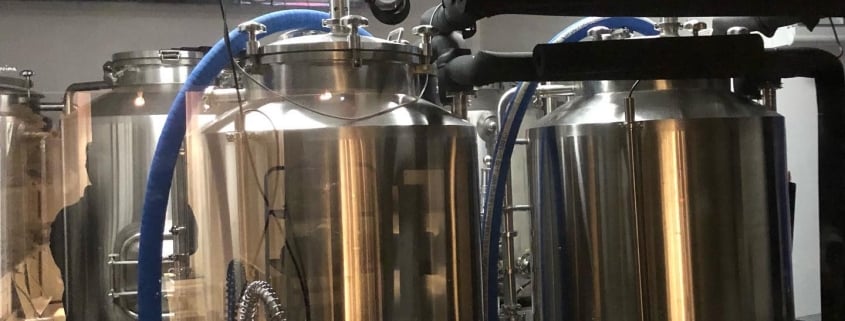Fermentation Vessels Beer Explained: Which One is Right for You?
What is a fermentation vessel beer?
So, what exactly is a fermentation vessel beer? Imagine it as the cozy home where yeast does its magic. It’s the container where the wort (that sweet, malty liquid made from grains) transforms into delicious beer. This vessel is more than just a tank or a bucket; it’s the heartbeat of the brewing process where sugars get gobbled up by yeast, producing alcohol, carbon dioxide, and those complex flavors we love in beer.
Fermentation vessel beer come in all shapes, sizes, and materials, from classic glass carboys to cutting-edge stainless steel conical fermenters. Brewers rely on these vessels to maintain the perfect environment for yeast to thrive. It’s like setting the thermostat in your house just right—too cold or too hot, and the yeast won’t perform as expected.
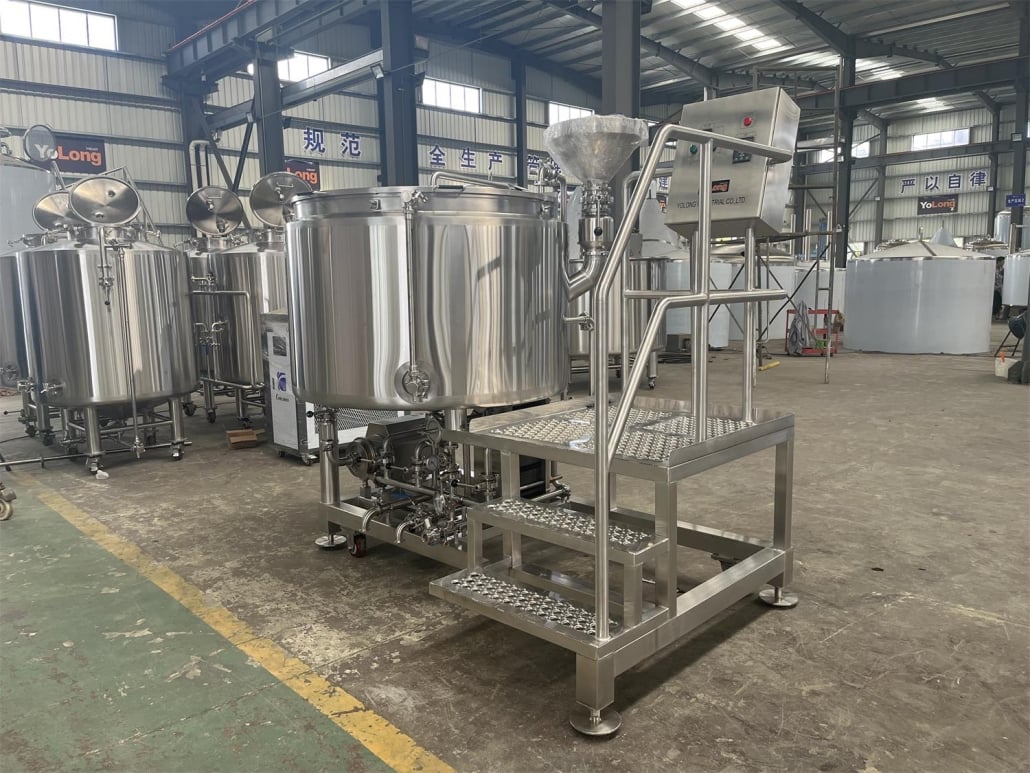
Types of fermentation vessel beer for Beer
When it comes to brewing beer, not all fermentation vessel beer are created equal. Each type brings its own flair and functionality to the table. Let’s break it down:
Glass Fermenters
Glass fermenters, often in the form of carboys, are like the old-school vinyl records of brewing. They’re classic, reliable, and let you watch the fermentation in action. But they’re heavy, fragile, and can be a pain to clean.
Plastic Fermenters
Plastic fermenters are lightweight, easy to handle, and budget-friendly. They usually come in food-grade buckets or carboys. The downside? Over time, plastic can scratch, which can harbor bacteria. It’s like having a cutting board with deep grooves—hard to sanitize fully.
Stainless Steel Fermenters
Stainless steel fermenters are the rock stars in the professional brewing world. They’re durable, easy to clean, and can handle pressure. These are often conical fermenters, which allow yeast to settle at the bottom for easy removal. Think of them as the Ferraris of the brewing industry—sleek, efficient, and built for performance.
Ceramic and Wooden Vessels
Less common but still beloved by niche brewers, ceramic and wooden fermentation vessels offer unique flavor contributions. Wooden barrels can add oaky, funky notes, but they’re harder to manage and sanitize. Ceramic vessels, used in traditional brewing methods, offer good insulation but are heavy and prone to cracking.
Comparative Overview of Fermentation Vessel Types
| Fermentation Vessel Type | Material | Pros | Cons | Price Range |
|---|---|---|---|---|
| Glass Carboy | Glass | Visible fermentation, non-porous | Fragile, heavy, hard to clean | $30 – $70 |
| Plastic Bucket/Carboy | Food-grade Plastic | Lightweight, affordable | Scratches easily, less durable | $10 – $50 |
| Stainless Steel Conical | Stainless Steel | Easy to clean, pressure-safe | Expensive, heavy | $200 – $1000+ |
| Wooden Barrel | Oak | Adds complex flavors | Hard to clean, costly | $300 – $1500+ |
| Ceramic Vessel | Ceramic | Traditional, good insulation | Fragile, not widely available | $100 – $500 |
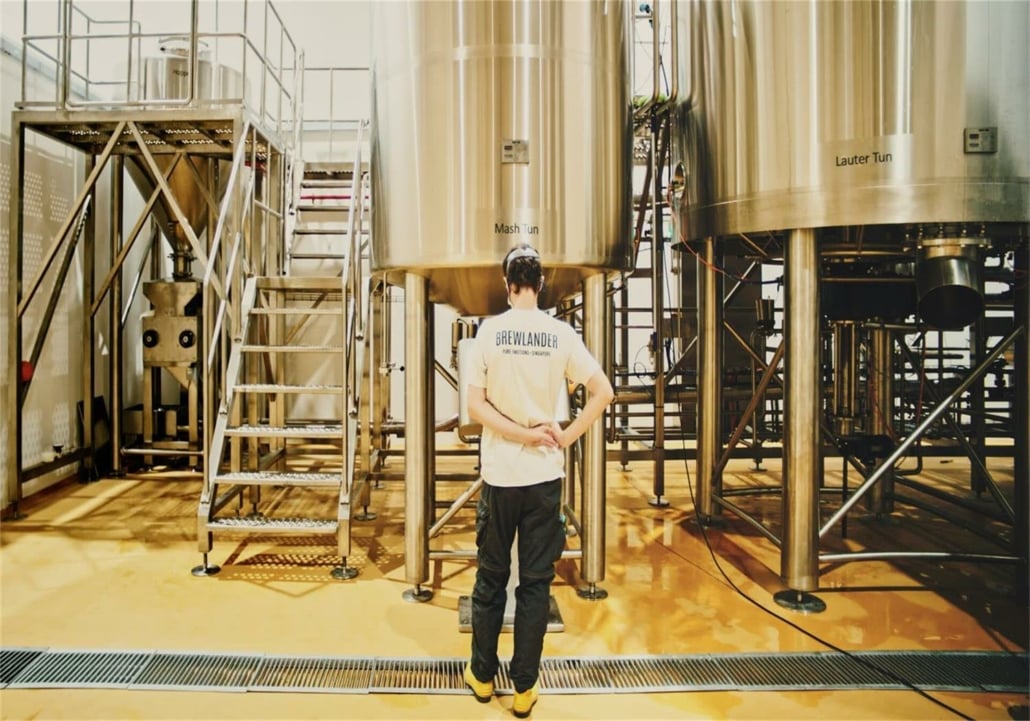
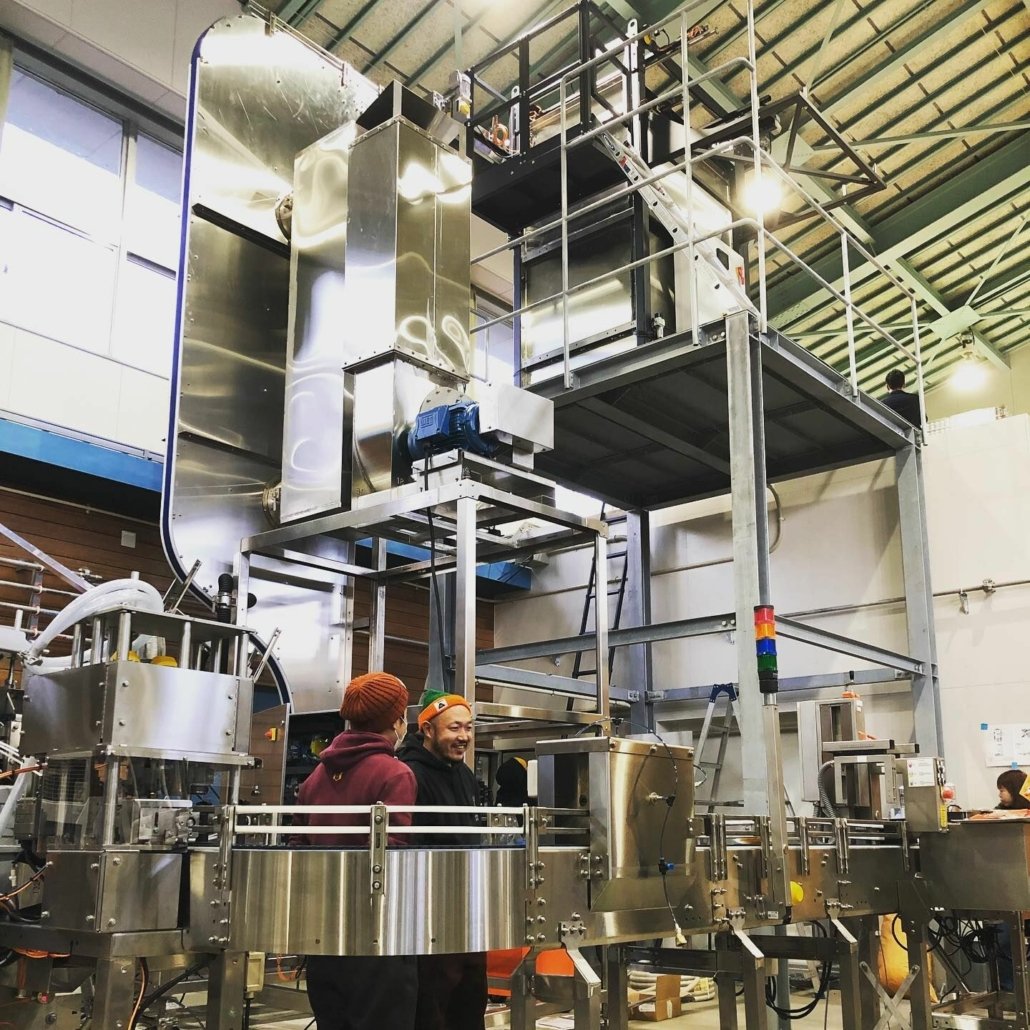
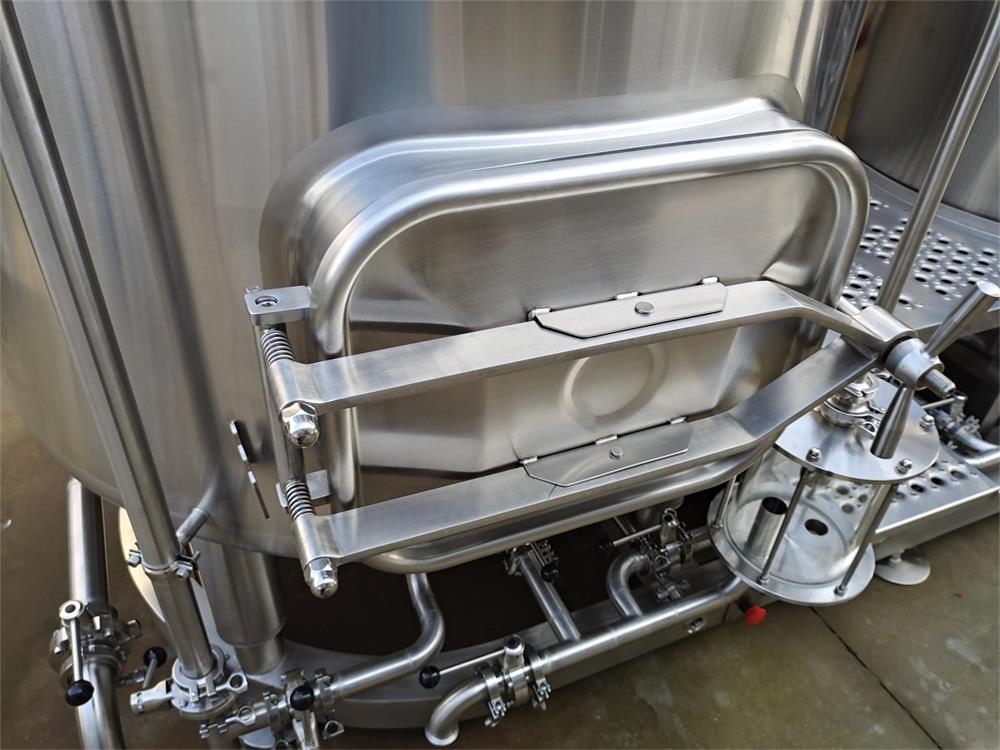

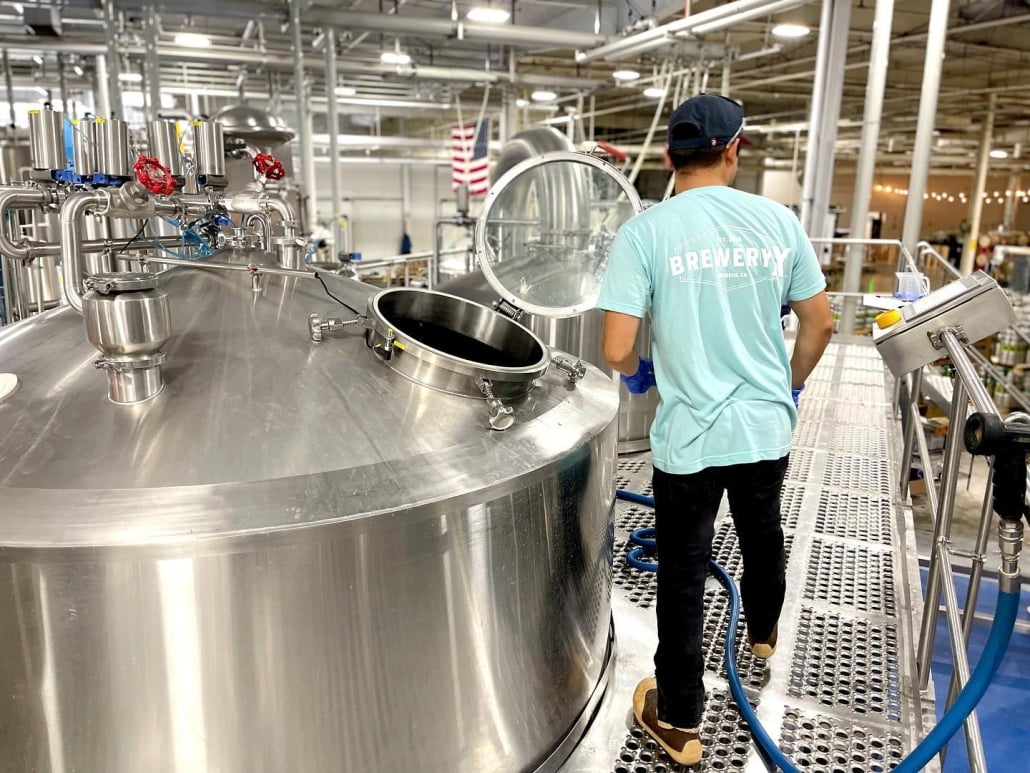
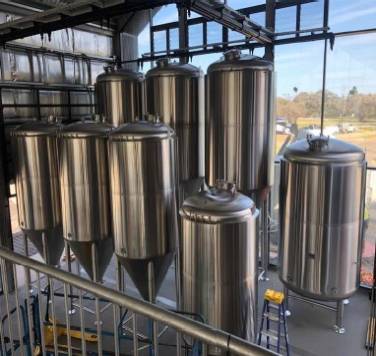
The Role of Fermentation Vessels in Beer Brewing
Fermentation vessel beer don’t just hold beer—they actively shape it. They control the environment where yeast works its magic. Factors like temperature control, oxygen exposure, and ease of yeast removal all hinge on the vessel you choose.
Let’s dive into temperature control. Some stainless steel fermenters come with built-in cooling jackets or can connect to glycol systems for precise temperature management. That’s a game-changer because the fermentation temperature can dramatically affect flavor. Warmer temps might make your beer taste fruity, while cooler temps can bring out crisp, clean notes.
Oxygen exposure is another biggie. Oxygen is yeast’s best friend at the beginning of fermentation but becomes beer’s worst enemy later on. Glass and stainless steel vessels are excellent at minimizing unwanted oxygen exposure, while plastic vessels are a bit more porous over time.
Then there’s yeast collection. Conical fermenters let you drop yeast out through a valve, making it easy to reuse or remove without disturbing your beer. Plastic buckets and glass carboys? Not so much—you’ll be lifting, tilting, and possibly introducing contamination.
Choosing the Right Fermentation Vessel
Picking the perfect fermentation vessel beer isn’t just about budget. It’s about your brewing goals, your space, and how much time you want to spend cleaning.
If you’re a hobbyist brewing a batch or two at home, plastic buckets or glass carboys are a good starting point. They’re cost-effective and easy to store. But if you’re looking to scale up or brew consistently top-quality beer, stainless steel fermenters are your best bet.
Also, think about how much space you have. Stainless steel conicals can be tall and bulky, while plastic buckets are stackable and space-efficient. Cleaning is another major factor. Stainless steel is a breeze to sanitize. Plastic scratches, and glass is just plain heavy and awkward to maneuver.
And don’t forget about pressure. If you want to do pressure fermenting or closed transfers to avoid oxidation, stainless steel is your guy. Plastic and glass can’t safely handle pressurized environments.
Fermentation Vessel Selection Guide
| Brewing Scale | Recommended Vessel | Key Considerations |
|---|---|---|
| Homebrew (Beginner) | Plastic Bucket/Glass Carboy | Affordable, easy to find, simple setup |
| Homebrew (Advanced) | Stainless Steel Conical | Better control, easier cleaning |
| Microbrewery | Stainless Steel Conical | Scalable, pressure-rated |
| Traditional/Niche | Wooden Barrel/Ceramic Vessel | Unique flavors, traditional aesthetics |
Beer Fermentation Process Explained
Let’s talk about the magic inside that fermentation vessel beer. The beer fermentation process is where all the brewing alchemy happens.
It starts when you transfer your cooled wort into the fermentation vessel and pitch your yeast. At first, the yeast gets busy consuming oxygen to build strong cell walls—this is called the aerobic phase. Then, as oxygen runs out, they switch to anaerobic fermentation, munching on sugars and turning them into alcohol, CO2, and those beautiful flavor compounds.
Temperature is key here. Ale yeasts like it a bit warmer (60-72°F), which can produce fruity, complex flavors. Lager yeasts prefer cooler temperatures (45-55°F) for clean, crisp profiles.
Fermentation can take anywhere from a few days to a few weeks, depending on the beer style, yeast strain, and temperature control. During this time, brewers often monitor gravity readings to track how much sugar remains, making sure fermentation is progressing.
When fermentation wraps up, many brewers choose to transfer (or “rack”) their beer to another vessel for conditioning, which helps clarify the beer and improve its taste.
What is the Best Fermentation Vessel for Beer?
So, what’s the ultimate champion when it comes to fermentation vessels? Well, it really depends on what you’re brewing and how seriously you’re taking your beer game.
Stainless steel conical fermenters generally win the title for “best fermentation vessel beer” due to their unmatched durability, easy cleaning, and versatility. They allow for pressure fermentation, yeast harvesting, and closed transfers—all huge pluses for quality and consistency.
Compared to glass carboys, stainless steel is safer (no shattering accidents!) and easier to control in terms of temperature. Glass, though, lets you see the fermentation happening, which is super cool for beginners who want to watch the yeast party.
Plastic fermenters are super affordable and easy to handle but can degrade over time. They are a great entry point but might not hold up well for advanced brewing techniques like pressure fermenting.
Wooden barrels bring unmatched complexity to certain beer styles like sours and stouts, but they require more maintenance and can introduce unwanted microbes if not cared for properly.
Comparative Summary of Fermentation Vessels
| Feature | Stainless Steel Conical | Glass Carboy | Plastic Bucket | Wooden Barrel |
|---|---|---|---|---|
| Durability | Excellent | Fragile | Fair | Moderate |
| Cleaning Ease | Easy | Difficult | Moderate | Hard |
| Oxygen Resistance | Excellent | Good | Poor | Poor |
| Pressure Capability | Yes | No | No | No |
| Flavor Contribution | Neutral | Neutral | Neutral | Complex, woody |
| Cost | High | Low to Moderate | Very Low | Very High |
| Suitability for Scaling | Excellent | Poor | Poor | Niche |
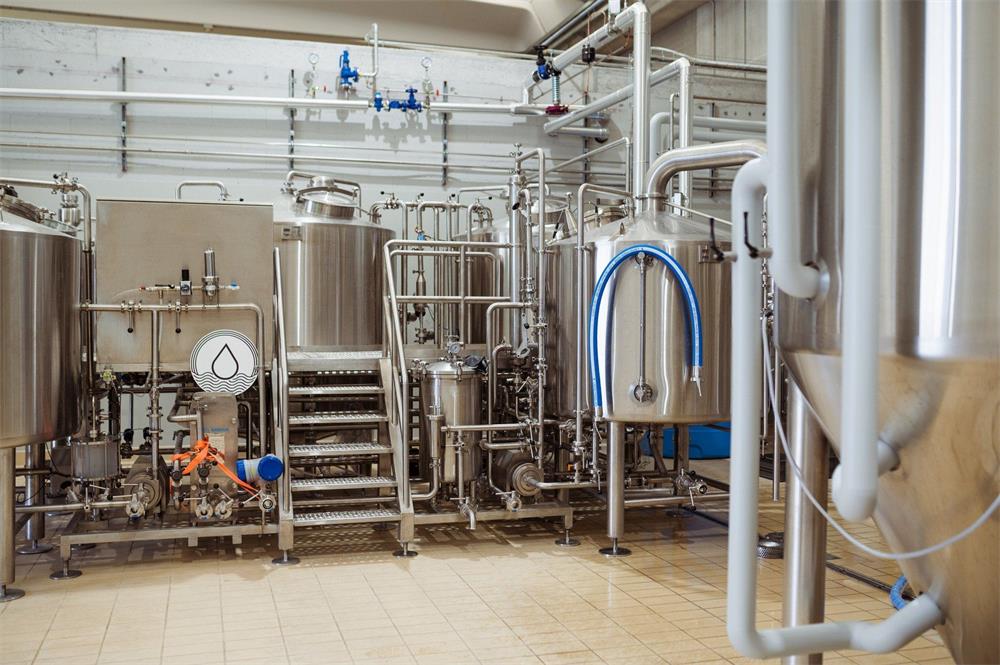
FAQs
| Question | Answer |
|---|---|
| Can you ferment beer in a plastic bucket? | Yes, plastic buckets are popular among beginners. They’re affordable and easy to use but less durable. |
| How long does beer stay in the fermentation vessel? | Typically, beer ferments for 1-4 weeks, depending on style, yeast, and temperature. |
| Is stainless steel better than glass for fermenting beer? | Yes, stainless steel offers better durability, pressure handling, and easier cleaning. |
| Can wooden barrels be used for all beer types? | No, wooden barrels are best for specific styles like sours, stouts, or Belgian ales. |
| Do fermentation vessels need to be airtight? | During active fermentation, some gas escape is okay, but minimal oxygen exposure is crucial later. |
| How do you clean a fermentation vessel? | Stainless steel is cleaned with sanitizers and brushes; glass and plastic need thorough sanitizing. |
| Can you watch fermentation in a stainless steel vessel? | No, stainless steel is opaque. Glass fermenters let you see the process, which is fun for beginners. |

